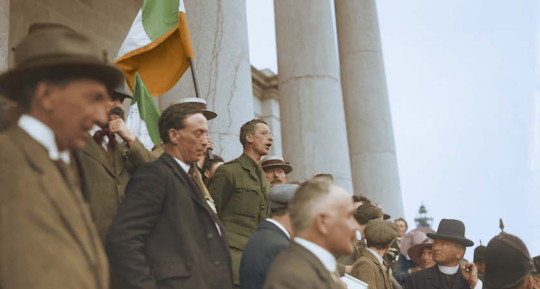#1916 Rising
Text
presented without comment.

#james connolly#coronation#king charles iii#irish#irish nationalism#socialism#marxism#irish republicanism#anti-monarchy#1916 rising#easter rising#irish republic
138 notes
·
View notes
Text
Countess Constance Georgine Markievicz

Founder of Cumann na mBán (the women’s branch of the Irish Citizens Army), she was in command of Stephen’s Green during the 1916 Rising and the only commander not executed by the British army “on account of the prisoner’s sex”, to which she responded “I do wish you lot had the decency to just shoot me.”
First woman elected as a member of the Irish Parliament. First woman elected to the British Parliament. First woman to be made a minister in any European government.
And never sat a day in any of those positions. Pre-Independence Dáil was illegal. As a Republican she refused to take her seat in Westminster. After independence she sided with anti-treaty forces in the civil war. After the civil war she was again elected but died before she could take her seat.
#irish history#countess markievicz#british history#Constance markievicz#1916 Rising#irish war of independence#irish civil war#women in history
63 notes
·
View notes
Text
this day, the 24th of April, is the anniversary of The 1916 Easter Rising. remember the lives that were lost in one of Ireland's most devestating battles for independence. they fought for us to have our freedom today, and the fact that so little people know about this deeply saddens me.
the text below is the events of Day 1 of the Easter Rising, written by Davy Holden on youtube.
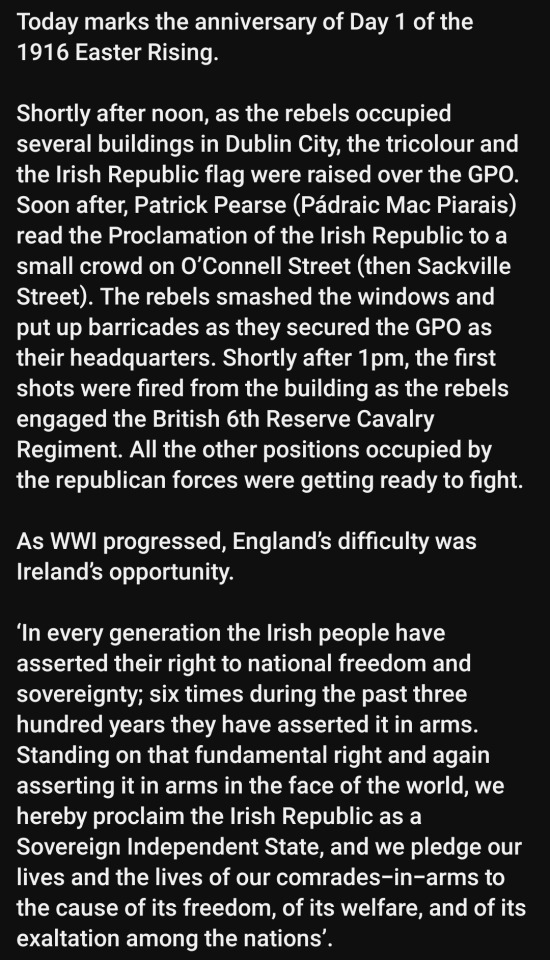
#easter rising#1916 rising#ireland#irish indepedence#poblacht na heireann#irish#irish history#irish heritage#amhrán na bhfiann#tagging anything i can think of to push this out
14 notes
·
View notes
Text
So I’m aware this is not the kind of stuff I normally post but I just wanted to share this knowledge with you because I think it’s amazing. So right in Dublin City centre there’s this park called Stephens Green. And it’s a relatively normal looking park next to tonnes of shops. But in the year 1916 it was the site of one of the biggest conflicts in the Easter/1916 Rising in which some Irish Republican paramilitaries (not the IRA they didn’t exist yet) tried to overthrow British rule in Ireland and get a republic so Irish people could run their own affairs. It’s one of the most significant events in Irish history because, though it was an utter military failure due to frankly ridiculously small numbers and firearms, it is seen as one of the defining events that led to our independence in 1921 after the war of independence.
So during this conflict the rebels took over the park due to its location in the city centre. They barricaded the gates and dug trenches. This was called the battle of St Stephens Green. The British soldiers were lined up outside surrounding it with guns and the conflict raged on for days with several civilians as well as members of both parties being killed and injured.
But during this one groundskeeper by the name of James Kearney decided he had higher priorities. Twice a day the Irish Citizens Army and Cumann na mBan (two Irish military forces that i feel it should be mentioned that the former allowed women operate on the same level as men within its ranks and the latter was solely comprised of women though much smaller) called a truce with the British army so that he could feed the ducks. Yes you read that right. In the height of the battle with bullets flying back and forth over trenches they would call a truce for like twenty minutes so this man could get past the barricades to feed the ducks. Only in Ireland.
44 notes
·
View notes
Text
#OTD in 1865 – Oliver Sheppard, sculptor, is born in Cookstown, Co Tyrone.
Oliver Sheppard was born in Cookstown, Co Tyrone. After his birth the family moved to Dublin, and he studied at the Metropolitan School of Art. He won a scholarship to the South Kensington Art School, where he studied from 1889 to 1891 before spending a year in Paris. He taught in Leicester and Nottingham.
When he returned to Dublin in 1902 he was appointed instructor in modelling at the…
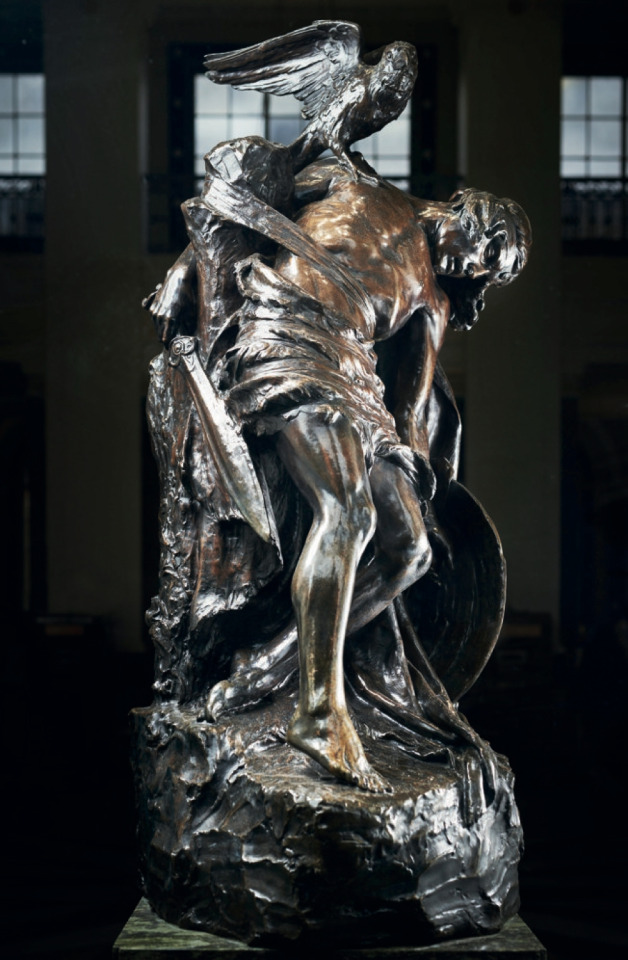
View On WordPress
#&039;The Death of Cuchulain&039;#1916 Rising#Co. Tyrone#Cookstown#Dublin#GPO#Oliver Sheppard#Royal Hibernian Academy#Sculptor
3 notes
·
View notes
Text
Today in 1916.
Yeah I nearly forgot to mention this.
It was a shitshow and a half, but it was also a foundation for modern Irish republicanism.
But that doesn’t mean it should be glorified or sanctified like so many idiots have been doing with it both today and beforehand.
Also this too.
#dougie rambles#personal stuff#political crap#ireland#irish history#history#irish republicanism#easter rising#1916 rising#1916
0 notes
Text
NOT NAMED AFTER A PRINCESS BUT AFTER TWO PRINCES -229573-1
Princes Street North, a historic gem off O'Connell Street, offers a fascinating blend of past and present for locals and visitors alike.
PRINCES STREET AS IT IS IN 2024
It should be noted that I have included, in this series of photographs, images of a narrow lane that connects North Princes Street to Middle Abbey Street as well as the GPO Arcade. The laneway is named William’s Lane and while many accounts claim that it is no longer shown on maps I checked Google Maps and it is identified. And while no one appears to know why it…

View On WordPress
#1916 rising#Apple#Art Deco Dublin#Dublin Architecture#Fotonique#GPO Arcade#History of O&039;Connell Street#Infomatique#iP{hone 12 Pro Max#Ireland#March 2024#Middle Abbey Street#North Princes Street#Princes Street Dublin#Streets Of Dublin#William Murphy#William&039;s Lane Dublin
0 notes
Text
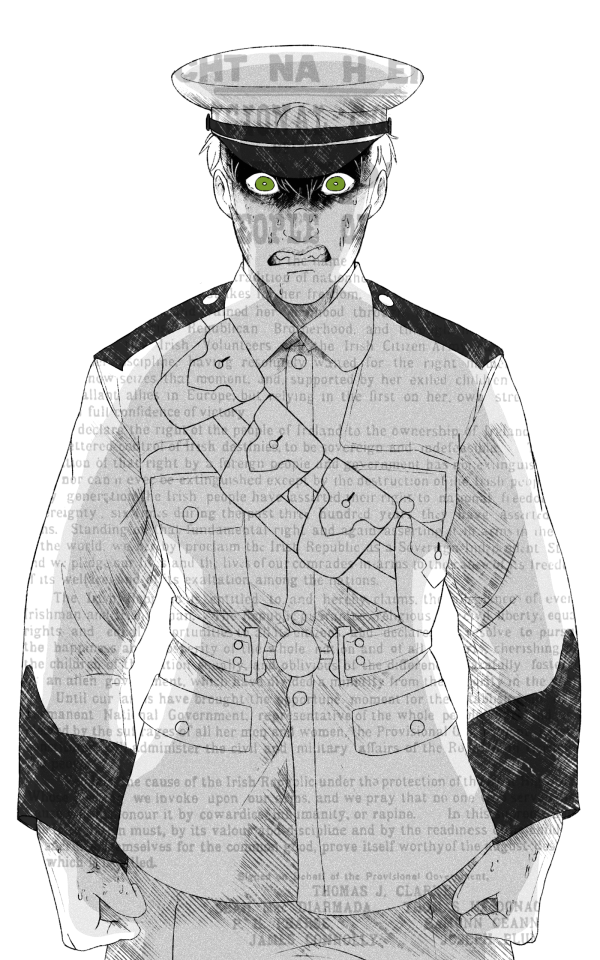
Everyone has a breaking point.
#hetalia#hetalia world stars#hws ireland#aph ireland#historical hetalia#I think that even through the toughest of time Ireland says that he's grand#Water off a duck's back attitude.#But I think the 1916 Rising was one of his rare breaking moments in life#He's wearing the Irish Volunteers Uniform
321 notes
·
View notes
Text

Handsome I am, a red-blooded man
Stand for what’s right, or as oft as I can
Stripped of my honours, though no crimes were mine
Now a name to forget with the passing of time. . .
Black Diaries
Digital
2023
12 notes
·
View notes
Text

Irish revolutionary and politician Constance Markievicz photographed in uniform by Keogh Brothers, Dublin, 1916 (courtesy of this article)
#lesbian yearning#sapphic#constance markievicz#irish history#saoirse#irish freedom#1916 easter rising#photography#cw gun
25 notes
·
View notes
Text
[I]n the period of eerie suspension before the explosion [...], those who registered the [...] uncanny [...] experience[d] a condition that [...] would become familiar to everyone living in a targeted city during the Cold War: the sense that the present survival and flourishing of the city were simultaneously underwritten and radically threatened by its identity as a nuclear target. [...] [I]nhabitants of Cold War cities [...] became accustomed to a more overt and permanent variant of the uncanny frisson [...]. Lobbing incendiaries and explosives through the roofs and windows […], the British gunners gutted portions of the Dublin city center; during the week of the Rising, 500 people died […]. The more frequent and extreme outbreaks of traumatic violence in everyday urban life […], in the early-twentieth-century imaginary, the city had begun to host new forms of sudden mass death and severe physical destruction.
Cities had, of course, been sites of mass death before 1916.
But the Easter Rising differed from nineteenth-century urban barricade fighting in the use, principally by British soldiers, of more precise and destructive weapons; fired from the ground, from rooftops, and from gunships in the Liffey, the new cannons, incendiaries, and machine guns rapidly reduced whole blocks of the city center to ruins. These emerging military technologies and strategies link the Rising to the Great War then raging in England and on the Continent, whose fields and cities had become proving grounds for new weaponry and modes of warfare. In Ireland and the Great War, [...] “Like the Western Front [the Easter Rising] became a war of attrition, and the lessons of the Western Front were taught again in the streets of Dublin.” […]
---
Though the shelling of Dublin in 1916 reminded observers of Ypres, Louvain, and other European cities ruined in the Great War, it might as credibly have called to mind a different list: Canton, Kagoshima, and Alexandria. During the second half of the nineteenth century, British naval bombardments made rubble of these coastal cities […].
The naval bombardment of undefended cities and civilians, particularly those in colonial territories, paved the way for the first airplane bombardments, in which the imperial powers of Europe dropped bombs on nonwhite, non-European adversaries and anticolonial forces.
Italy pioneered airplane bombardment in 1911 by bombing Arab oases outside Tripoli; British planes bombed Pathans in India in 1915, Egyptian revolutionaries and the Sultan of Farfur in 1916, a Mashud uprising on the Indian-Afghanistan border in 1917, and Somaliland and the Afghan cities of Dacca, Jalalabad, and Kabul in 1919.
---
Several years before the inhabitants of European cities experienced it, aerial bombardment had been established as a uniquely colonial nightmare. [...] [T]he initial use of airplane bombs against colonies was foreseen and even fed by a racist fantasy pervading early-twentieth-century European science fiction, a fantasy of bombing subject races either into submission or out of existence. The willingness of several signatory nations to ignore Article 25 when bombing nonwhite soldiers and civilians made colonial towns and cities the first civilian spaces secured by the implied threat of bombardment from above.
In the world war […] the brief tenure of aerial bombardment as an exclusively colonial technique ended when imperial powers launched the first bombing campaigns against the cities of other imperial powers, initiating a change that would later find its apogee in the nuclear condition: the reconfiguration of the major metropolis as target.
---
Text by: Paul K. Saint-Amour. “Bombing and the Symptom: Traumatic Earliness and the Nuclear Uncanny.” Diacritics Volume 30 Number 4. Winter 2000. [Bold emphasis and some paragraph breaks/contractions added by me.]
21 notes
·
View notes
Text
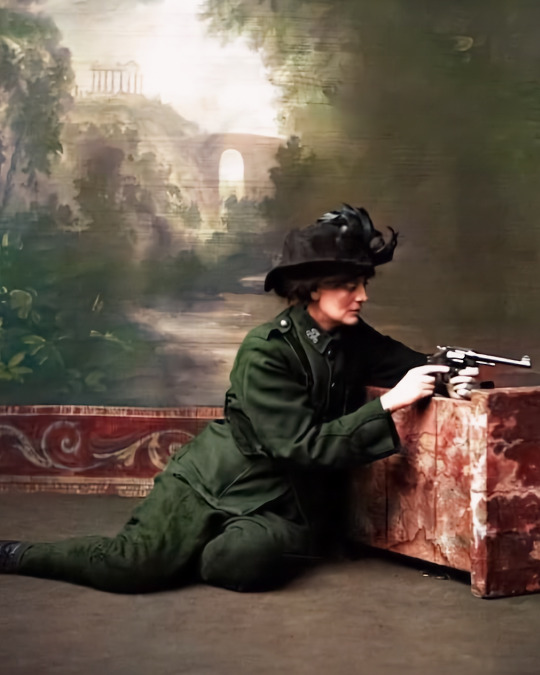



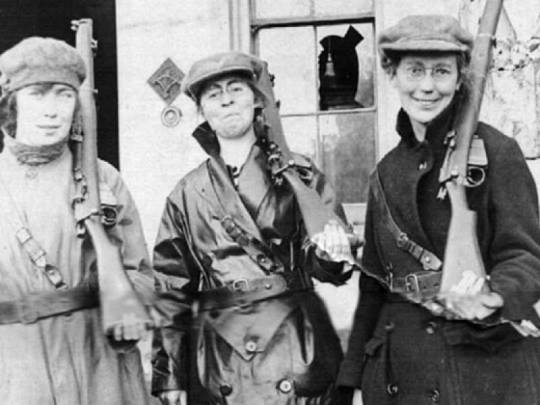

Easter Rising, 1916
19 notes
·
View notes
Text





Flights and beers at Democracy Brewing, Boston, MA.
#consummate rioter#rabble rouser#1916 rising irish stout#toil and trouble red ale#worker's pint blonde ale#bicycle race grapefruit radler#zapata amber lager#democracy brewing#boston#massachusetts#suffregette wit belgian
14 notes
·
View notes
Text
#OTD in 1916 – Approximately 1,000 copies of The Proclamation of the Irish Republic are printed in Liberty Hall in a print office set up by James Connolly.
The proclamation would be read by Pádraig Pearse outside the General Post Office on Sackville Street (now called O’Connell Street) on Monday 24th April.
The proclamation was printed secretly on an old and poorly maintained Wharfedale Stop Cylinder Press in the printing office that had been set up by James Connolly in the basement in the original Liberty Hall in Beresford Place, Dublin.
All seven…

View On WordPress
#1000 copies#1916 Easter Rising#Beresford Place#Dublin#Eamonn Ceannt#Easter Monday#Easter Sunday#Eoin MacNeil#Irish History#Irish Volunteers Chief of Staff#James Connolly#Joseph Plunkett#Liberty Hall#O&039;Connell St#Padraig Pearse#Poblacht na hÉireann#Sackville St#Sean MacDermott#The Proclamation of the Irish Republic#Thomas Clarke#Thomas MacDonagh
22 notes
·
View notes
Text
me in history class not paying attention so i can think abt aroace fantasies. im a bad irishman
9 notes
·
View notes
